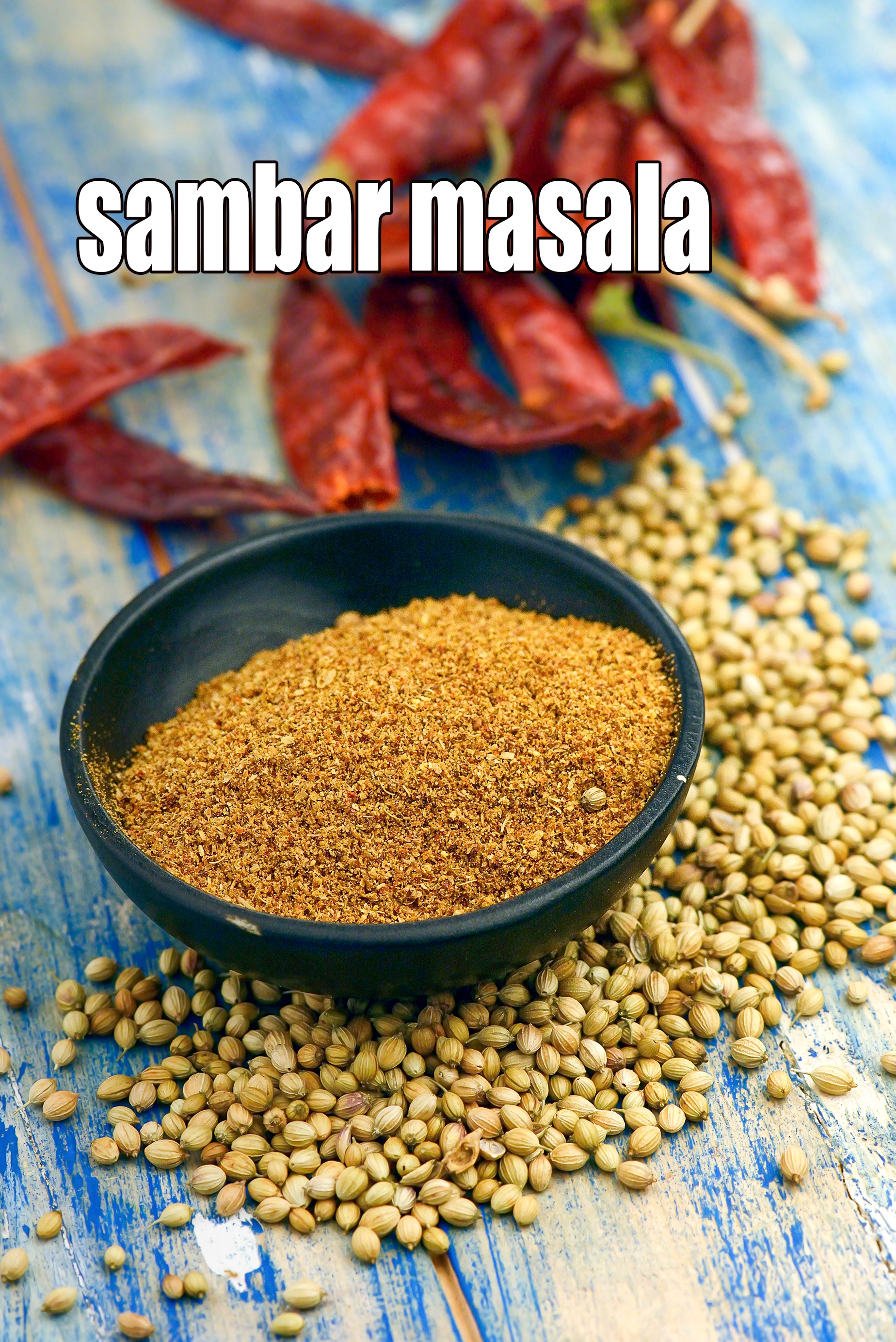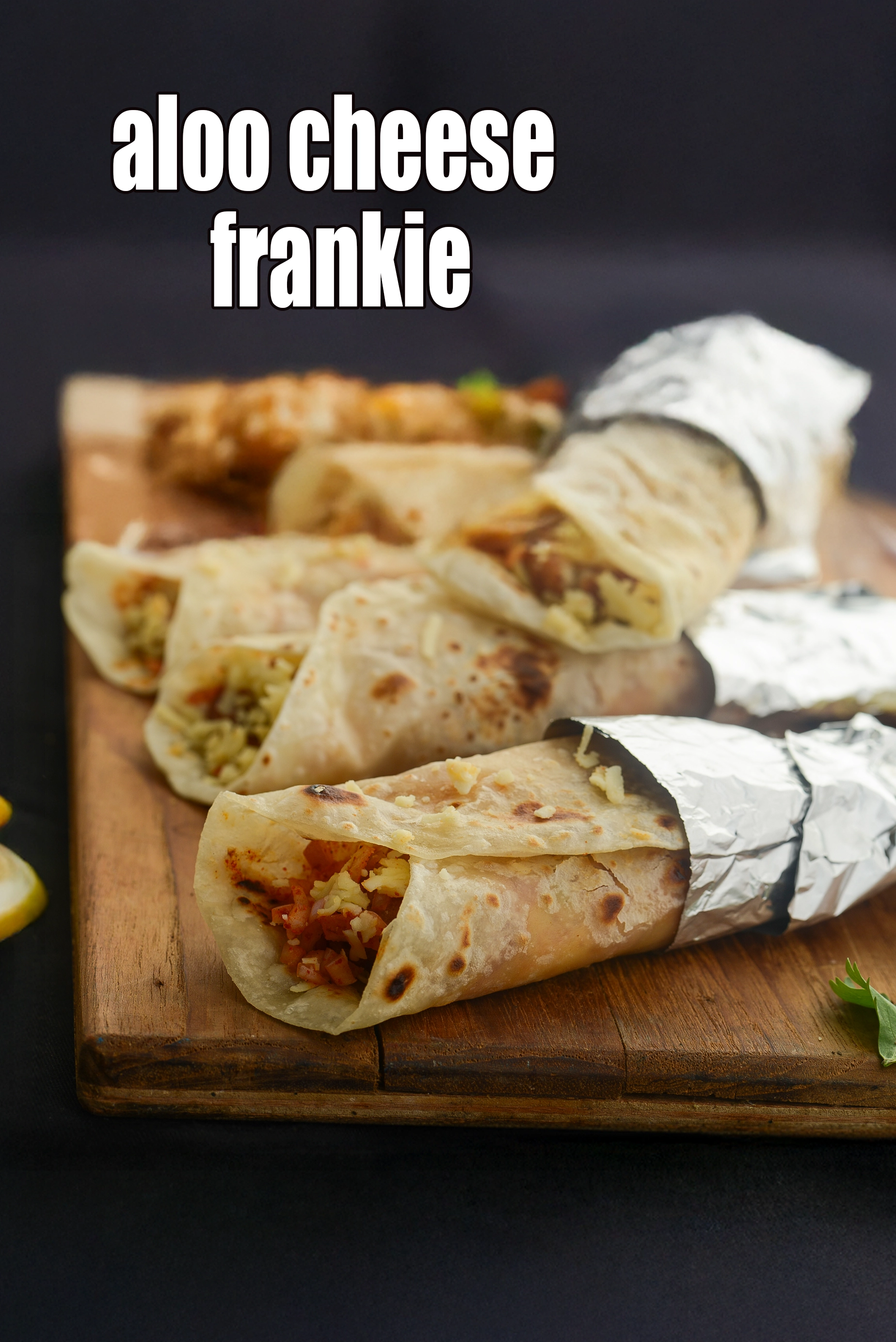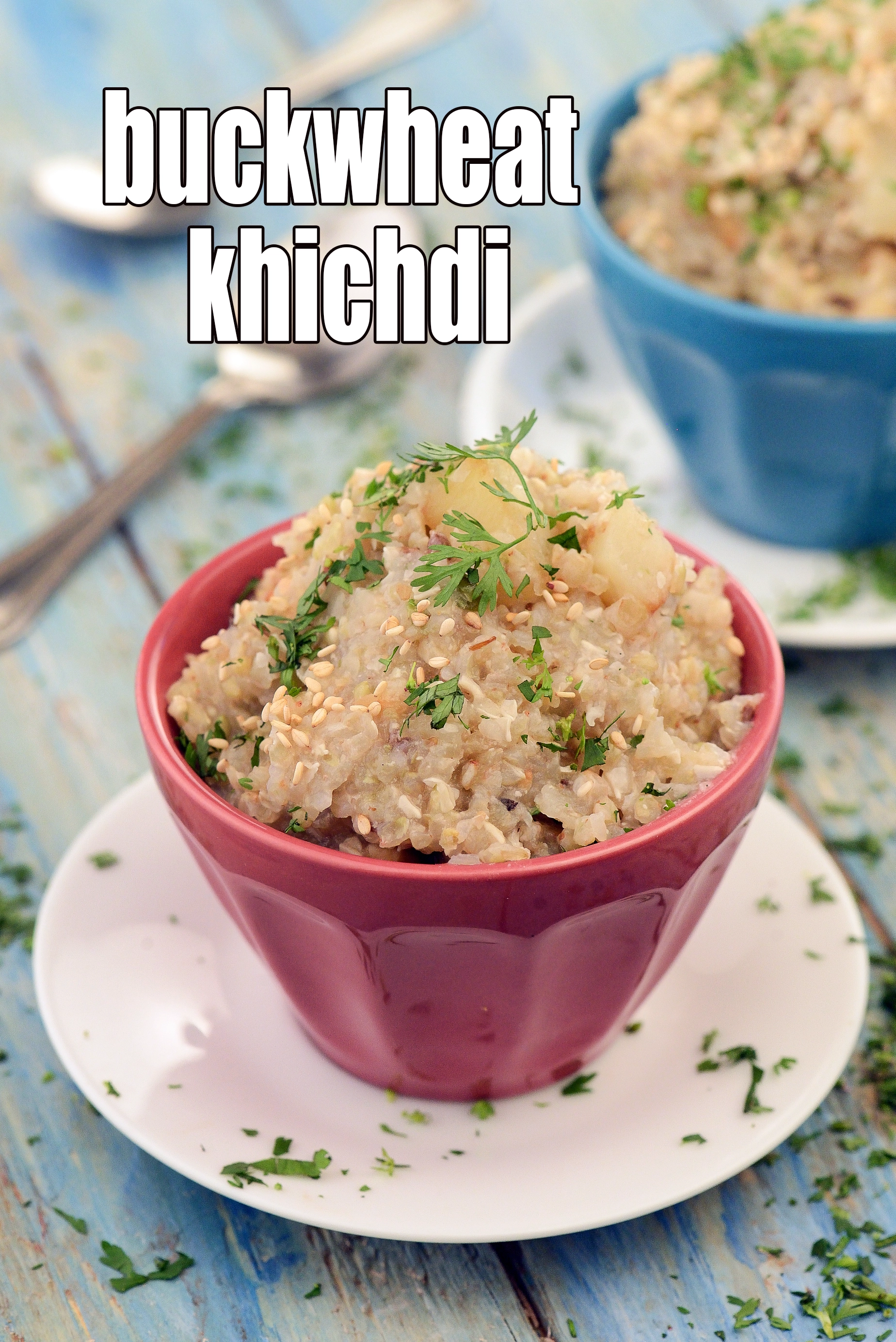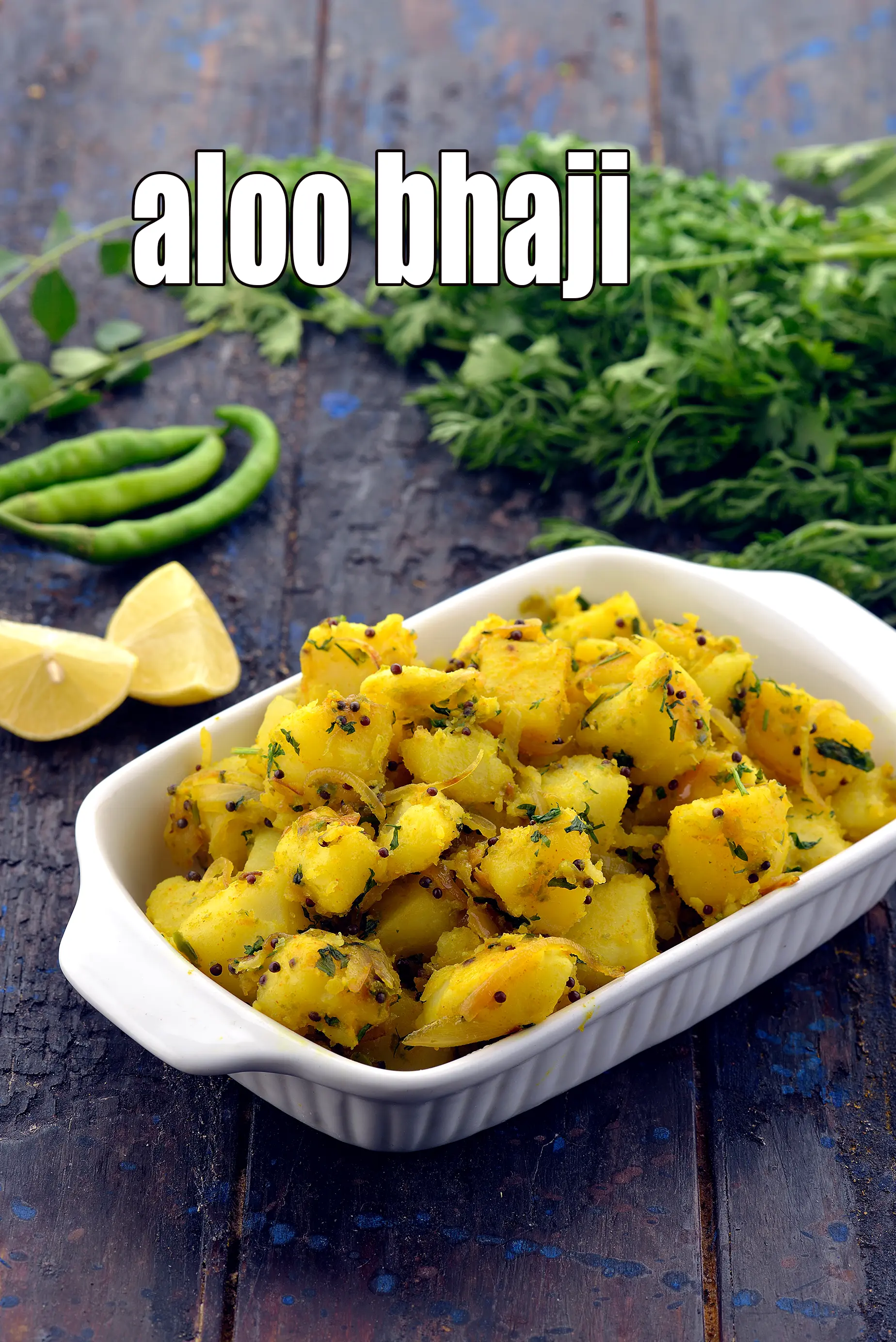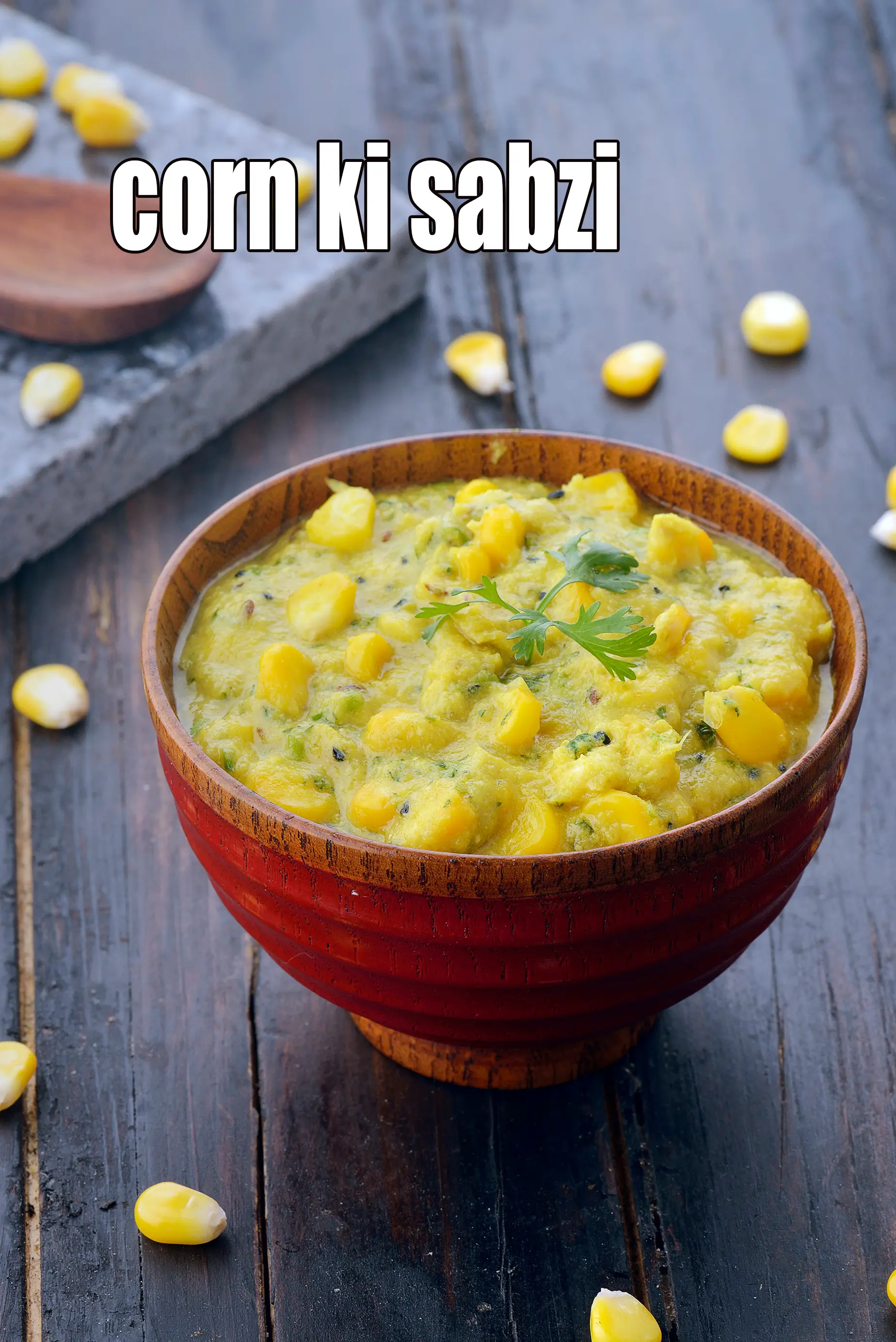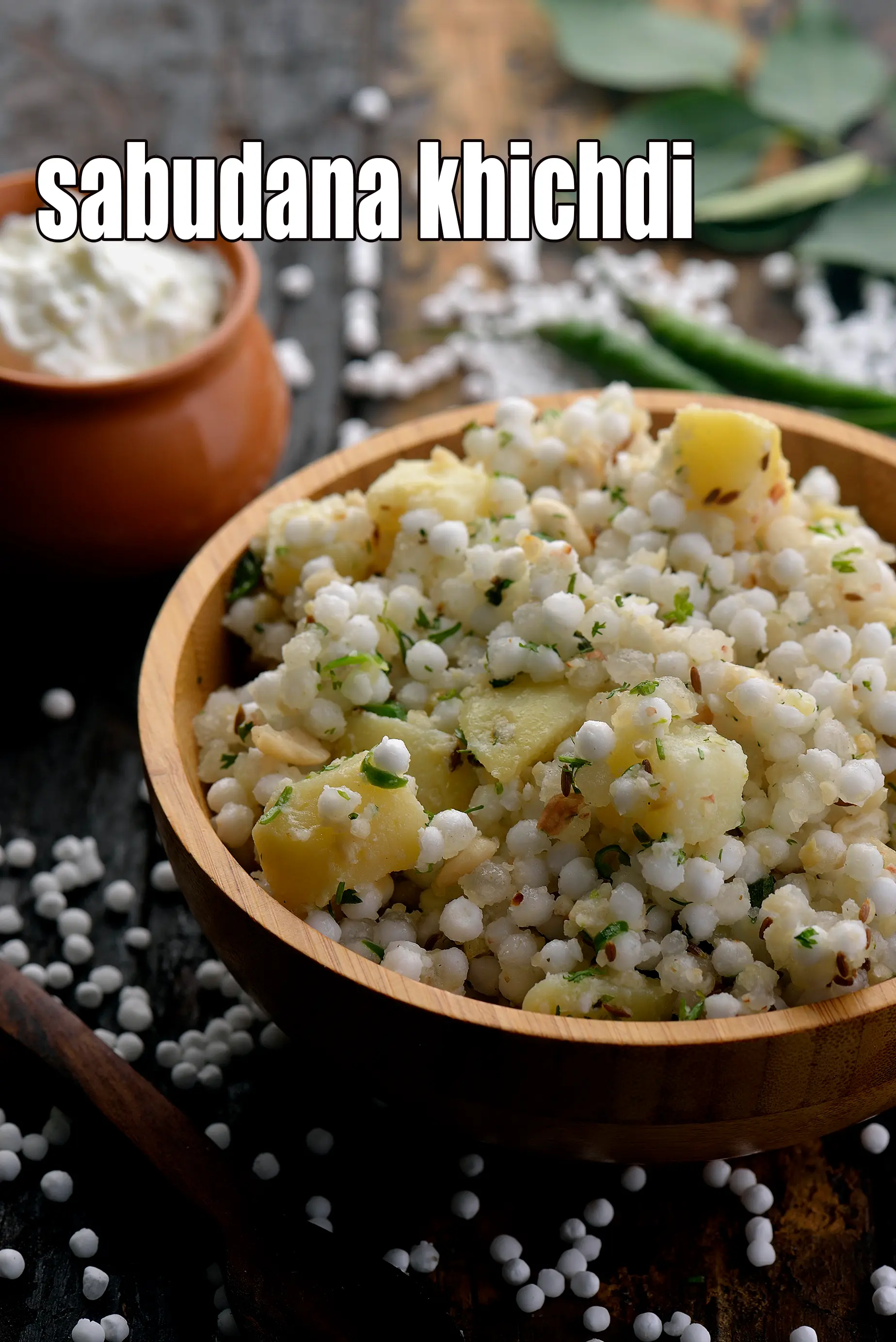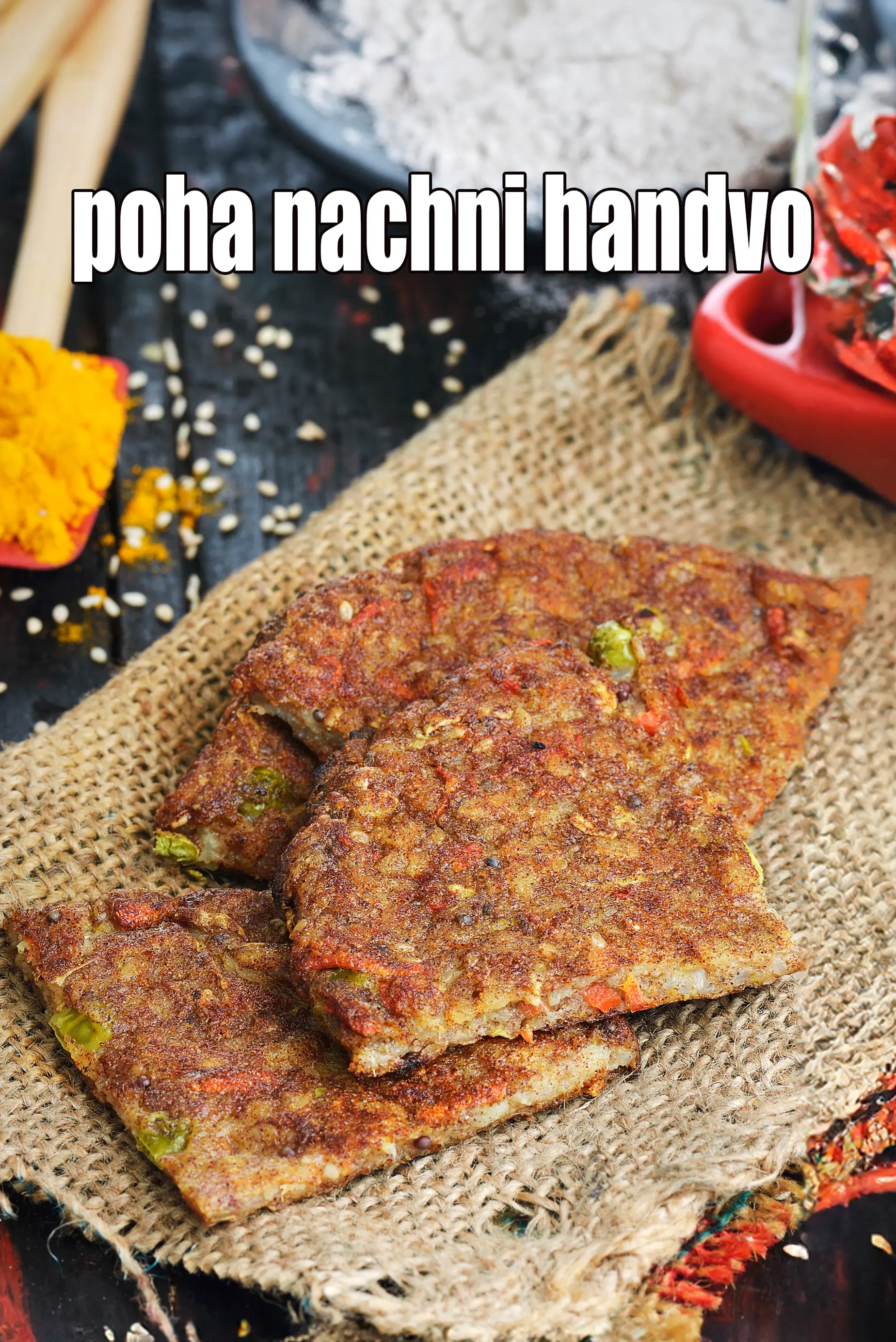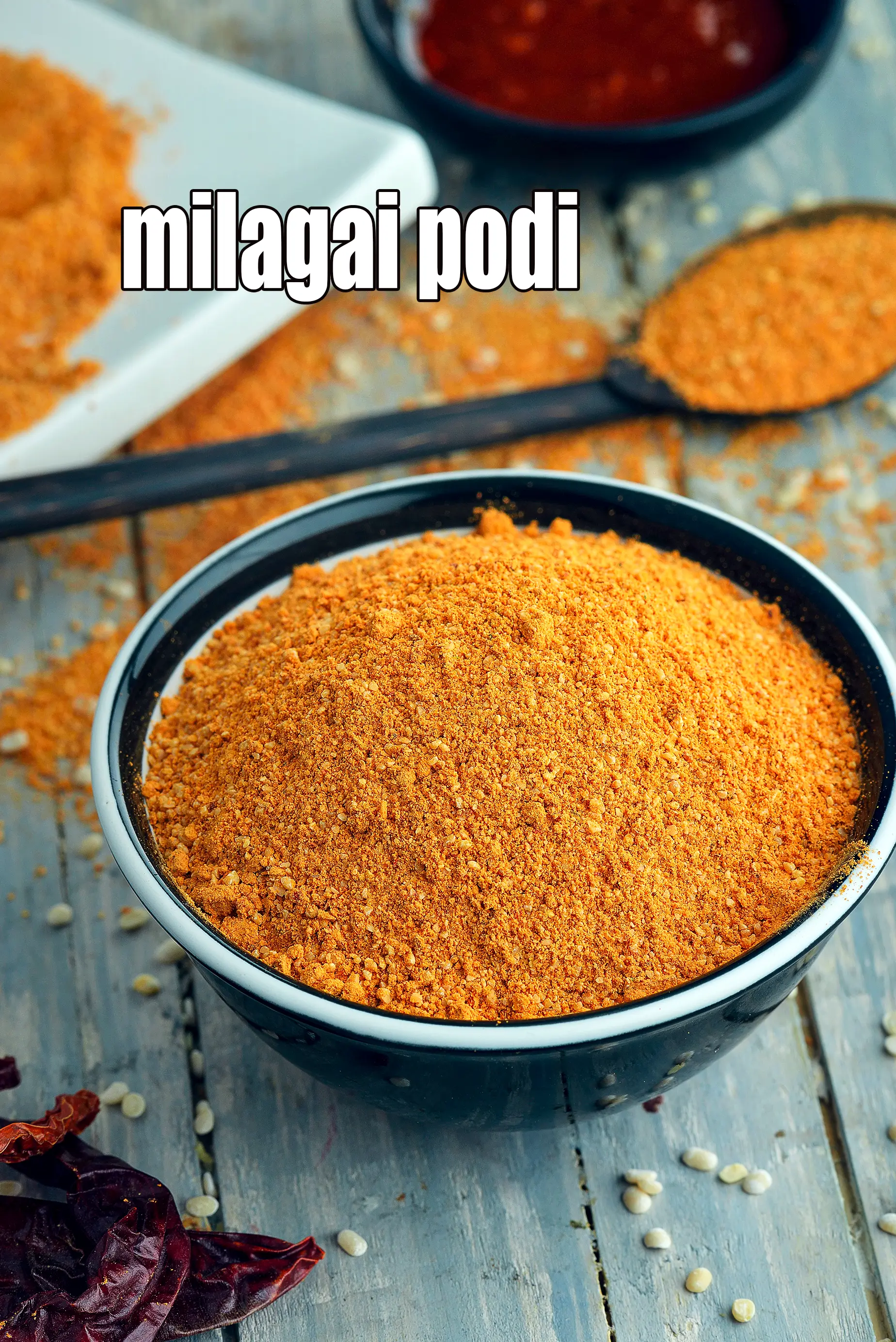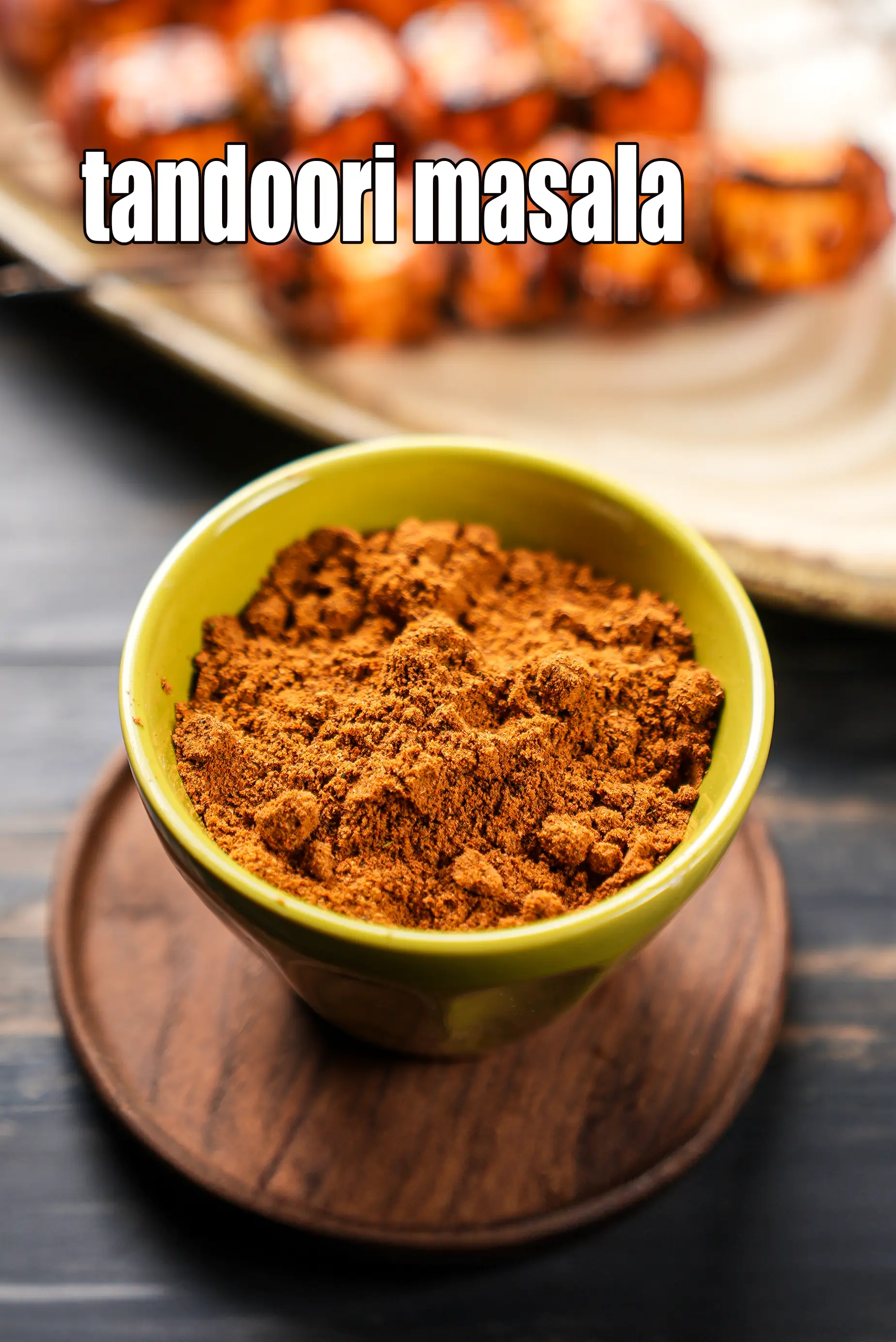Nutritional Facts of Buckwheat Farali Handvo, Kuttu Handvo, Calories in Buckwheat Farali Handvo, Kuttu Handvo
This calorie page has been viewed 2449 times
Table of Content
How many calories does one serving of Buckwheat Farali Handvo, Kuttu Handvo have?
One serving (125 grams) of Buckwheat Farali Handvo, Kuttu Handvo gives 254 calories. Out of which carbohydrates comprise 120 calories, proteins account for 29 calories and remaining calories come from fat which is 64 calories. One serving of Buckwheat Farali Handvo, Kuttu Handvo provides about 12.7 percent of the total daily calorie requirement of a standard adult diet of 2,000 calories.
Buckwheat Farali Handvo, Kuttu Handvo recipe serves 4, 125 grams per serving.
254 calories for 1 serving of Buckwheat Farali Handvo, Kuttu Handvo, Cholesterol 8 mg, Carbohydrates 40.2g, Protein 7.3g, Fat 7.1g. Find how much fibre, iron, calcium, zinc, magnesium, phosphorus, sodium, potassium, folic acid is present in Buckwheat Farali Handvo, Kuttu Handvo.
See Buckwheat farali Handvo recipe | buckwheat potato handvo for vrat | baked buckwheat vegetable handvo |
Buckwheat Farali Handvo is a traditional Gujarati dish that is commonly prepared during fasting periods. Vrat, Upwas or fasts is observed by many Hindus on auspicious festivals like Navratri, Shivratri or even days like ekadashi or Karwa chauth.
Buckwheat Farali Handvo is a savory cake made using buckwheat flour (kuttu ka atta) and a variety of vegetables like bottle gourd, potatoes, and peanuts.
The word "farali" refers to the ingredients that are allowed to be consumed during fasting, making this dish suitable for those following a restricted diet. Buckwheat flour is gluten-free and high in nutrients, making it a healthy alternative to regular flour.
The preparation of Buckwheat Farali Handvo involves soaking the buckwheat flour with curds and mixing it with grated vegetables, spices, and herbs to form a thick batter. This batter is then steamed or cooked in a pan until it is crispy and golden brown on the outside.
Buckwheat Farali Handvo is typically served with yogurt or a side of farali green chutney. It is a flavorful and nutritious dish that provides energy during fasting periods while also satisfying the taste buds.
Pro tips for Buckwheat Farali Handvo. 1. In a bowl put 1 cup buckwheat (kutto or kutti no daro). Whole buckwheat is naturally gluten-free, making it a perfect choice for individuals with gluten sensitivities or celiac disease. This ensures the farali handvo adheres to dietary restrictions often followed during fasting. Similar to grated potatoes in farali handvo, whole buckwheat acts as a binder. It helps hold the ingredients together, creating a cohesive and sliceable cake. 2. Add 1 cup fresh curds (dahi). Fresh curds act as a natural binder in the batter. They help bind the buckwheat, vegetables, and other ingredients together, resulting in a cohesive and sliceable handvo. This is especially important as farali handvo doesn't contain eggs, a common binding agent in many cakes. 3. Add 1 cup grated raw potatoes. Buckwheat can sometimes lead to a denser texture in handvo. Grated potatoes add moisture and create a softer, more cake-like consistency. This makes the farali handvo more enjoyable to eat and prevents it from becoming dry and crumbly.
Is Buckwheat Farali Handvo, Kuttu Handvo healthy?
Yes, this is healthy. But restrictions apply to some as there is potatoes used. We show you how to make this recipe healthy for all.
Let's understand the Ingredients.
What's good.
Buckwheat, Buckwheat flour : Buckwheat is a very good source of Iron and good to prevent anaemia. Rich in folate and good food for pregnant women. Buckwheat keeps your heart healthy and high in fibre and diabetic friendly. Buckwheat is a rich plant based source of protein and an excellent option for Vegetarians. See here for 13 benefits of buckwheat and why it's good for you.
Curd + Low fat Curds, hung curds : Curds help in digestion as it has very good bacteria. Probiotics in curds acts as a mild laxative but, in case of diarrhoea and dysentery, it is a boon, if curd is used with rice. Curd is one of the richest sources of protein, calcium and minerals. They help in weight reduction, good for your heart and build immunity. Being low in sodium, it is safe to be eaten by individuals with high blood pressure. The only difference between curds and low fat curds is the fat level. Note that one cup curds gives half cup hung curds. Read the benefits of curds to include in your daily diet.
Coriander (kothmir, dhania) : Coriander is a fresh herb often used as a flavour enhancer in Indian cooking. It is mainly used as a garnish. This is the best way to use it - no cooking. This preserves its vitamin C content which helps to build our immunity and bring that sparkle to the skin. The antioxidants vitamin A, vitamin C and the quercetin present in coriander works towards strengthening our immune system. Coriander is a fairly good source of iron and folate – the 2 nutrients which help in the production and maintenance of red blood cells in our blood. Good for reducing cholesterol and good for diabetics. Read 9 benefits of coriander to understand details.
What's the problem?
Potatoes (Aloo) : Potatoes being high in simple carbohydrates which can lead to weight gain and are not good for people with diabetes and obesity. Potatoes are recommended for malnourished children and people with low weight. See full details on why potatoes are bad for you.
Can diabetics, heart patients and overweight individuals have Buckwheat Farali Handvo, Kuttu Handvo ?
Yes, this recipe is good for diabetics, heart and weight loss BUT cut the usage of potatoes for diabetics. Buckwheat is a very good source of Iron and good to prevent anaemia. Rich in folate and good food for pregnant women. Buckwheat keeps your heart healthy and high in fibre and diabetic friendly.
| Energy | 254 cal |
| Protein | 7.3 g |
| Carbohydrates | 40.2 g |
| Fiber | 4.5 g |
| Fat | 7.1 g |
| Cholesterol | 8 mg |
| Vitamin A | 220.5 mcg |
| Vitamin B1 | 0.4 mg |
| Vitamin B2 | 0.2 mg |
| Vitamin B3 | 2.5 mg |
| Vitamin C | 12.1 mg |
| Folic Acid | 25.5 mcg |
| Calcium | 146 mg |
| Iron | 6.7 mg |
| Magnesium | 121 mg |
| Phosphorus | 95.7 mg |
| Sodium | 22.4 mg |
| Potassium | 320.6 mg |
| Zinc | 1.3 mg |
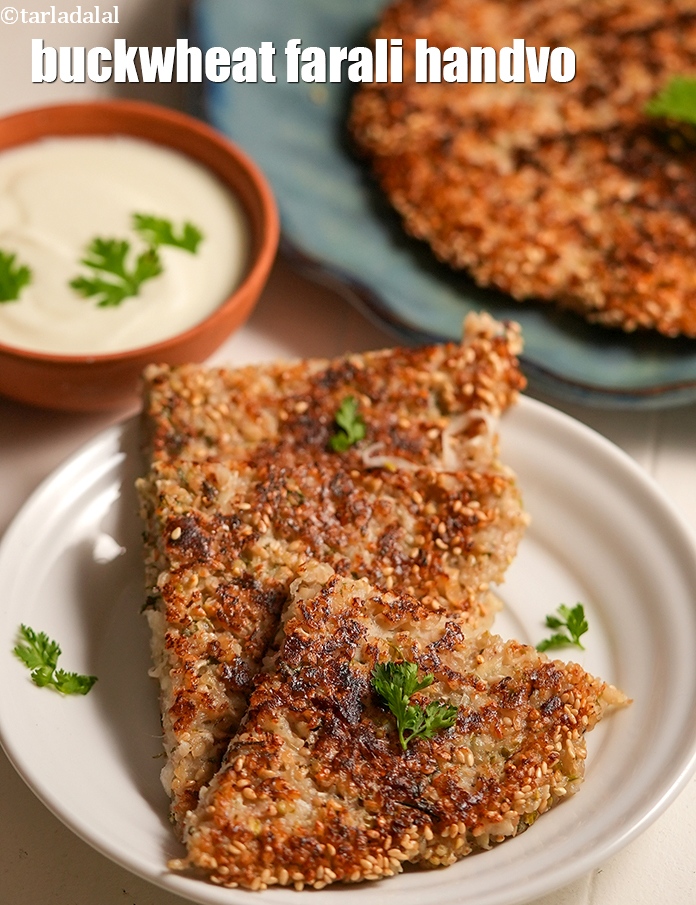
Click here to view Buckwheat Farali Handvo, Kuttu Handvo
Calories in other related recipes

